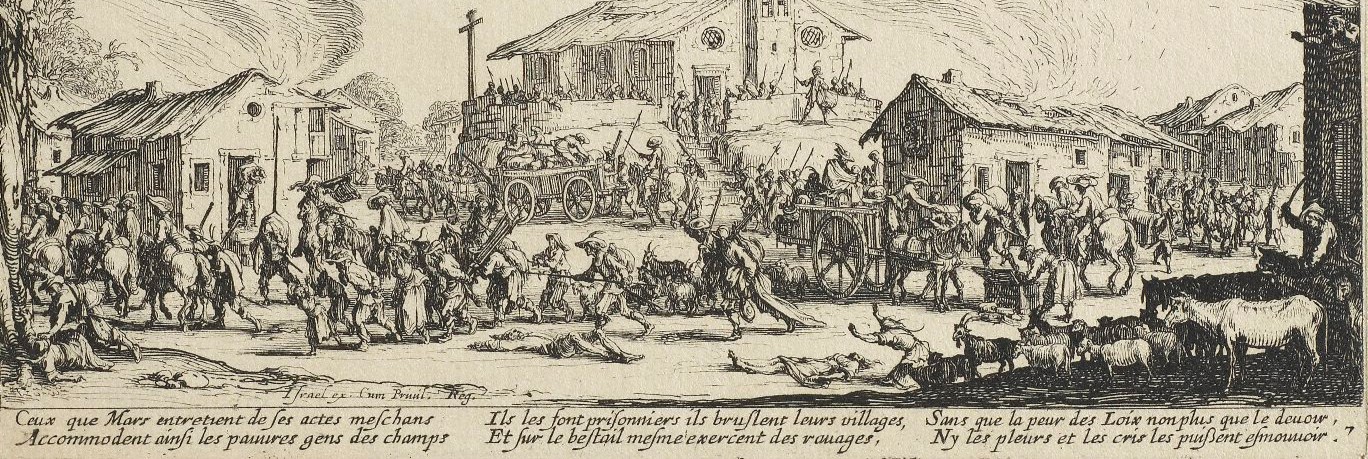Introduction


On 27 February 1940, the Look magazine published the comic strip, “How Superman Would End the War” (Comic Strip). The creators, Jerry Siegel and Joe Shuster, co-creator of Superman, published a short story. In this story, Superman zooms off to Germany and Stalin, where he picks up Hitler and Stalin, by the scruff of his neck.; he takes the two dictators to Geneva, Switzerland, where he delivers them to the League of Nations’ World Court for trial. The League of Nations was first proposed by President Woodrow Wilson as part of his Fourteen Points plan for equitable peace in Europe. It was dissolved after the second World War, in 1946, to make room for the United Nations. Consequently, the League of Nations’ World Court in Geneva was succeeded by the United Nations’ International Court of Justice/ World Court in The Hague.
Read More »

 Russia.
Russia. But with the increased role of corporate actors, nationally and internationally, the issue of businesses’ impacts on the enjoyment of human rights has been placed on the agenda of the United Nations. Over the past decade, the United Nations human rights machinery has been considering the scope of businesses’ human rights responsibilities and exploring
But with the increased role of corporate actors, nationally and internationally, the issue of businesses’ impacts on the enjoyment of human rights has been placed on the agenda of the United Nations. Over the past decade, the United Nations human rights machinery has been considering the scope of businesses’ human rights responsibilities and exploring